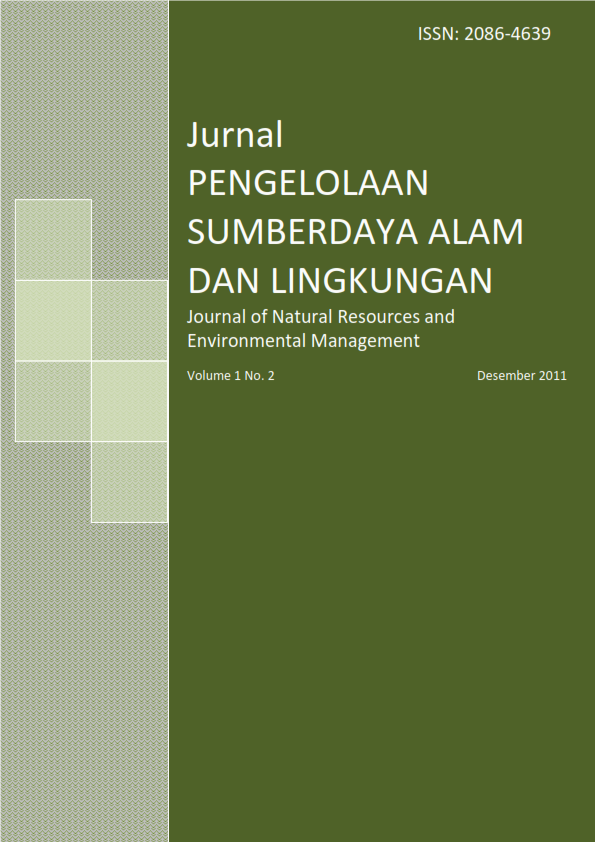PENGELOLAAN SUMBERDAYA TERIPANG PASIR (Holothuria scraba) BERDASARKAN BIOLOGI REPRODUKSINYA DALAM RANGKA MENDUKUNG PERIKANAN BERKELANJUTAN
Abstract
The sandfish (Holothuria scraba) is one of biological resources which have high economic value. However, due to over fishing, aquaculture management of this species needs to be attempted. The aim of this research is to look for the sandfish’s biological reproduction information in order to formulate sandfish aquaculture management. By doing so, it is hoped that the sustainable sand fish fisheries can be created. In this research, the length and weight of sand fishes’ bodies are measured, the maturity of each every individual’s gonad is analyzed, and their habitat is identified. The data obtained are descriptively analyzed to find the relationship between the body lenght and the maturity of the sandfish, the gonad maturation process, time of sandfish spawning, and its habitat. Furthermore, based on the reproductive aspects, the sandfish management then are formulated. The research showed that productive sandfishes have a length between 18-30 cm. Their habitat is area with sand substrate, muddy sand, seagrass ecosystem, and coral reef ecosystem which has 60-150 cm depth at low tide. Sandfish management that can be done is by to defining the size of the sandfishes when they are being catched; which is more than 30 cm. Sandfish catching should not be done between July-August, especially in sandy sediment water, muddy sand, seagrass ecosystem and coral reef ecosystem, which has 60-150 cm depth at low tide.
Key words: sandfish, overfishing, management, size, catch, habitat, gonad, mature, spawning
Authors
Authors who publish with this journal agree to the following terms:
- Authors retain copyright and grant the journal right of first publication with the work simultaneously licensed under a Creative Commons Attribution License that allows others to share the work with an acknowledgement of the work's authorship and initial publication in this journal.
- Authors are able to enter into separate, additional contractual arrangements for the non-exclusive distribution of the journal's published version of the work (e.g., post it to an institutional repository or publish it in a book), with an acknowledgement of its initial publication in this journal.
- Authors are permitted and encouraged to post their work online (e.g., in institutional repositories or on their website) prior to and during the submission process, as it can lead to productive exchanges, as well as earlier and greater citation of published work (See The Effect of Open Access).






